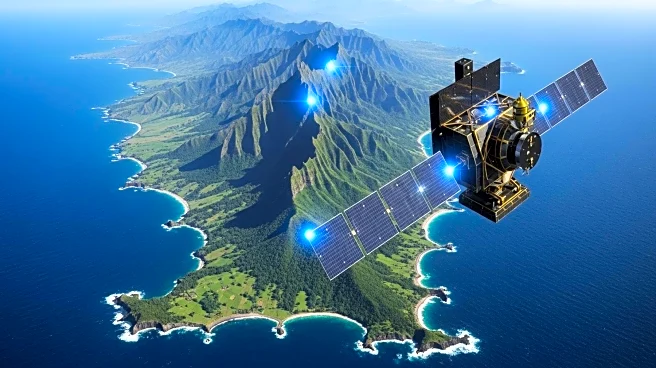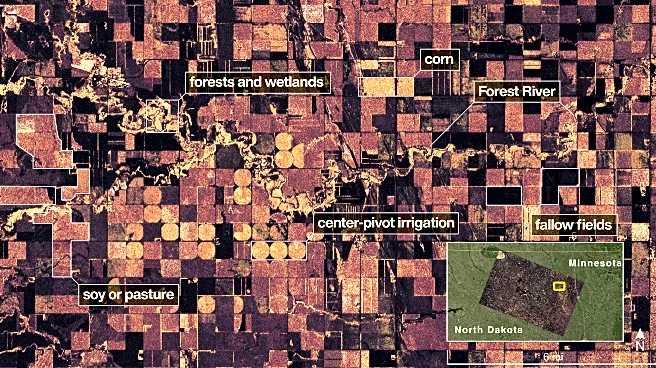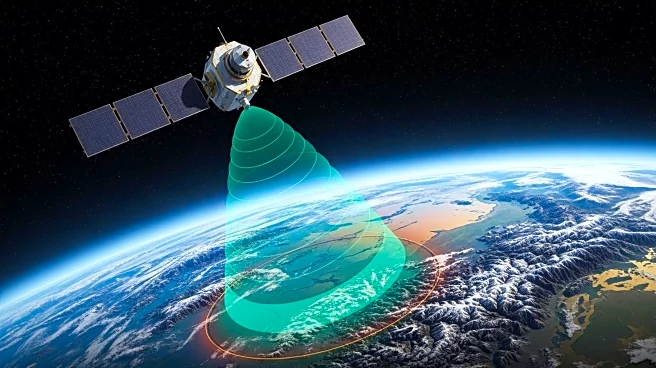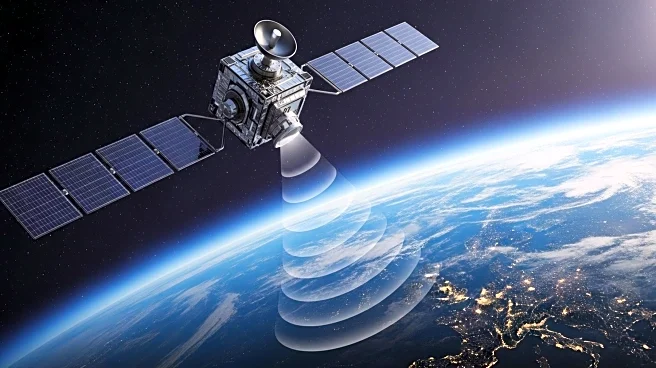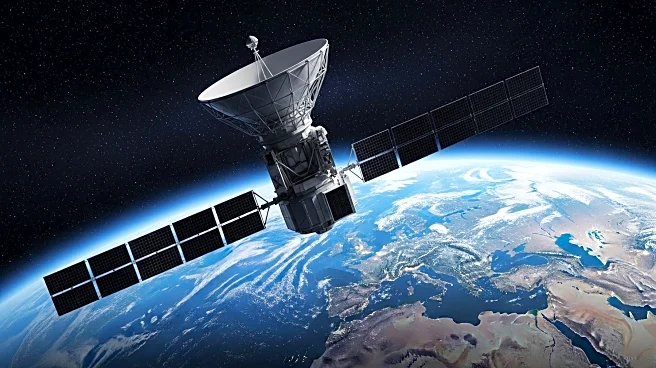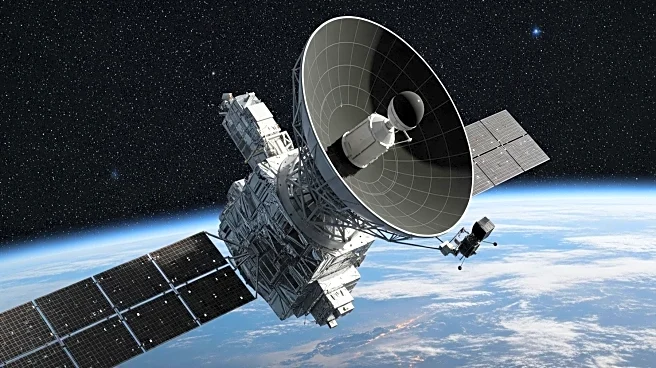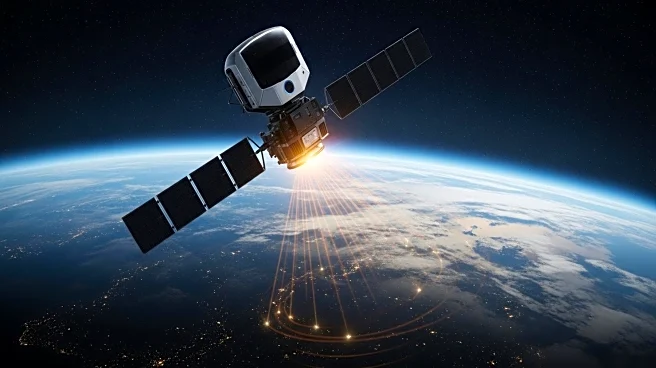What is the story about?
What's Happening?
The NASA-ISRO Synthetic Aperture Radar (NISAR) satellite has captured its first image of Mount Desert Island, showcasing the capabilities of its L-band and S-band radar systems. The satellite, a joint effort between NASA and the Indian Space Research Organisation (ISRO), aims to provide detailed observations of Earth's surface, including soil moisture, ice motion, and land deformation. The NISAR mission will begin science operations in November 2025, following its launch from India.
Why It's Important?
NISAR's observations will enhance our understanding of Earth's surface changes, including ice sheets, glaciers, and sea ice. The satellite's ability to track land movement and deformation is crucial for disaster response, providing data to mitigate and assess damage from events like earthquakes and landslides. The collaboration between NASA and ISRO highlights the importance of international partnerships in advancing Earth science.
What's Next?
NISAR will begin its science operations in November 2025, providing global and rapid coverage to support disaster response and environmental monitoring. The satellite's data will assist researchers worldwide in understanding changes in Earth's surface and ecosystems, contributing to climate change studies and resource management.
Beyond the Headlines
The NISAR mission represents a significant advancement in radar technology, combining L-band and S-band systems to offer comprehensive observations of Earth's surface. The satellite's data will support various applications, from agriculture monitoring to tracking ice sheet dynamics, benefiting both scientific research and practical applications.
AI Generated Content
Do you find this article useful?
